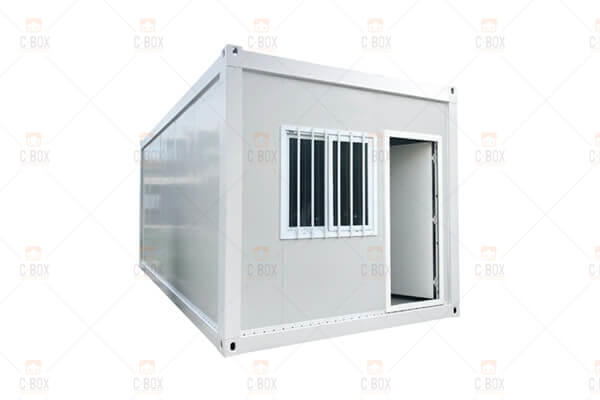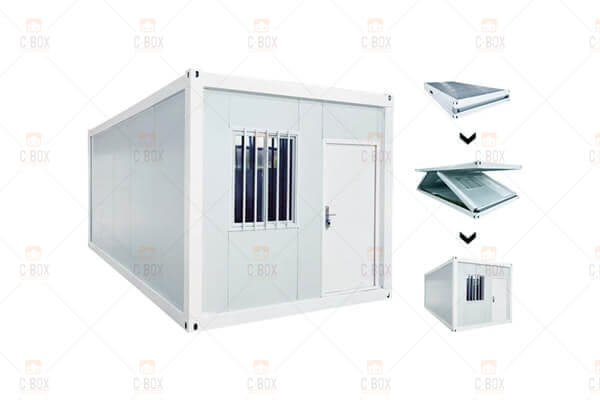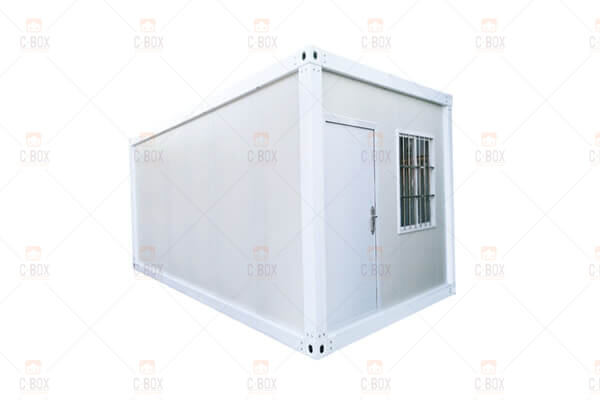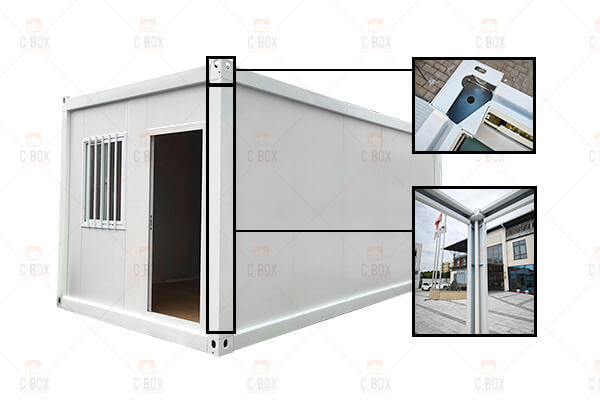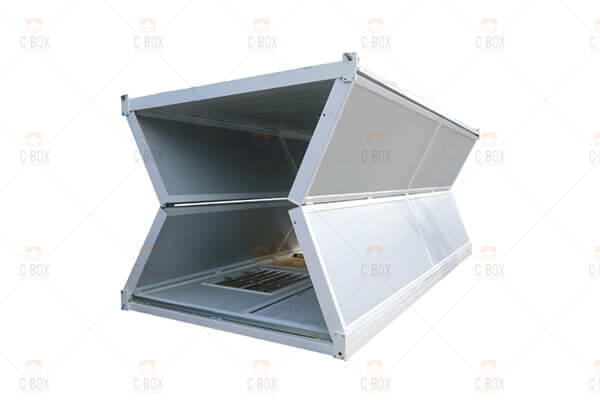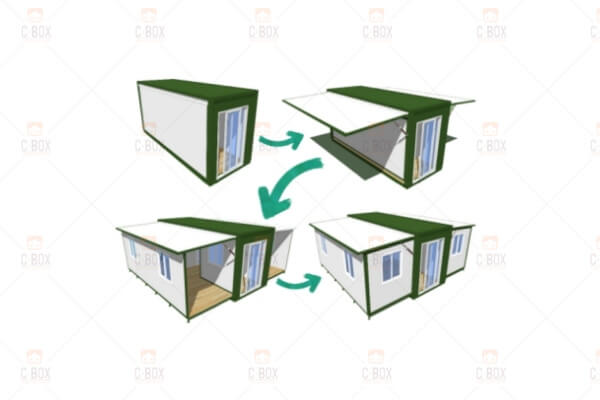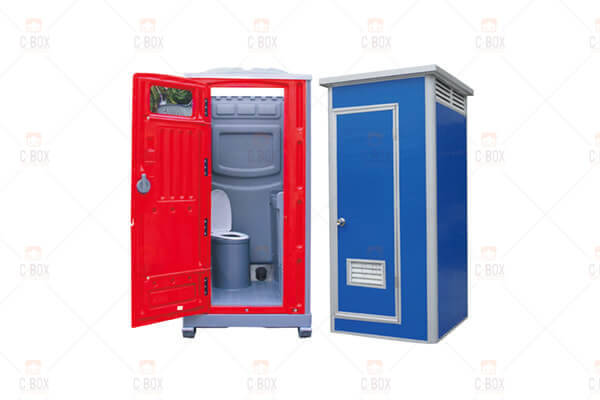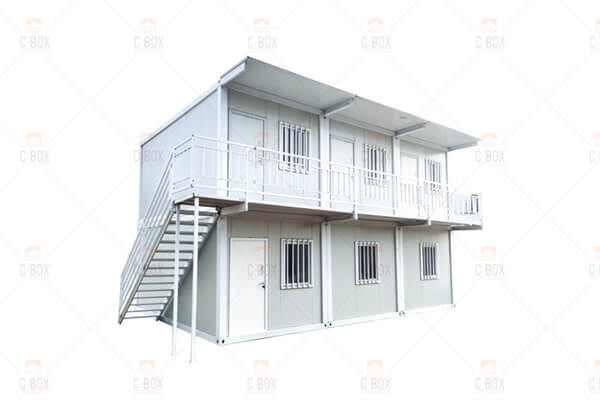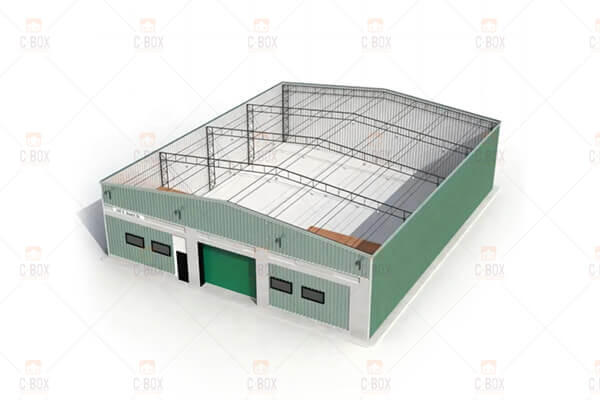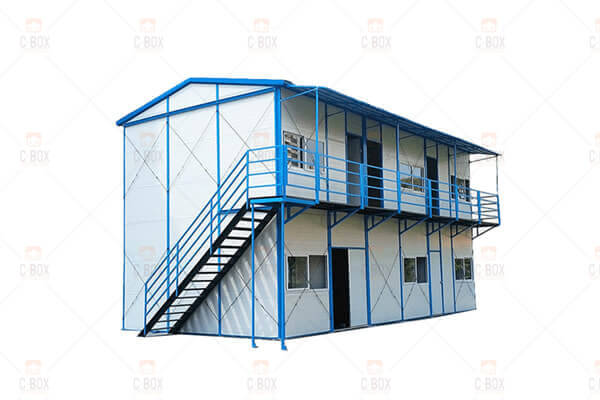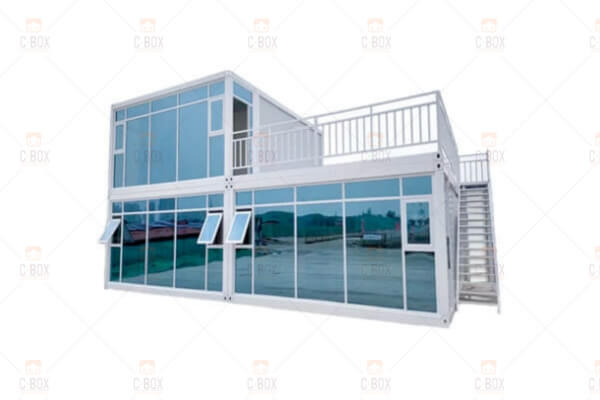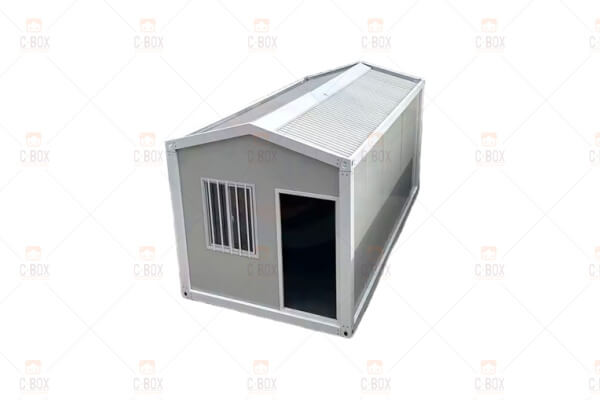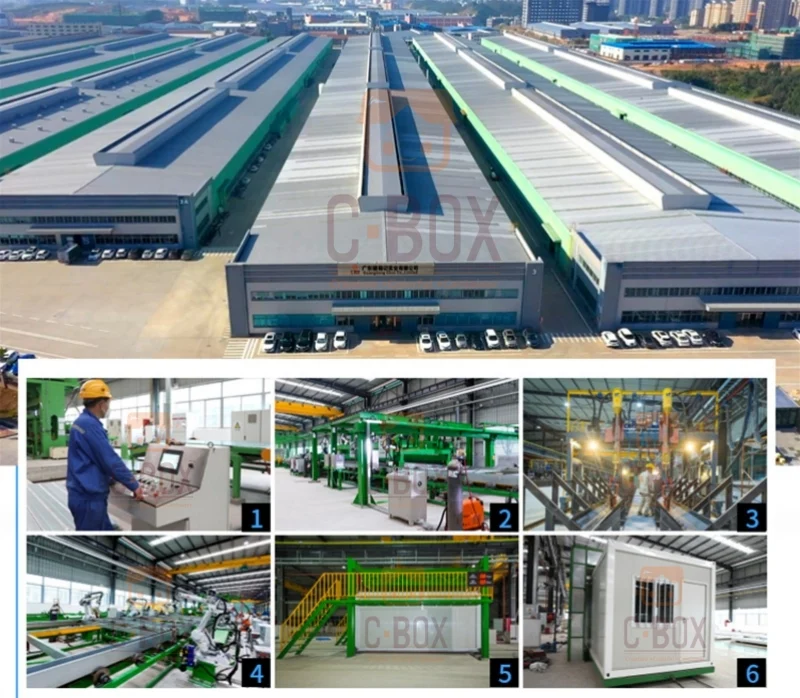6 Types of Container Houses for Dormitory Use
If you are looking for a flexible and affordable solution for your or your workers’ accommodation needs, you can consider building a container house. The container house is a type of building that uses containers or galvanized steel as the main structural element. It can be easily transported, installed, and customized according to your preferences and purposes. In this blog, we will show you how you can use container houses as dormitories, which is one of the most common uses of container houses.
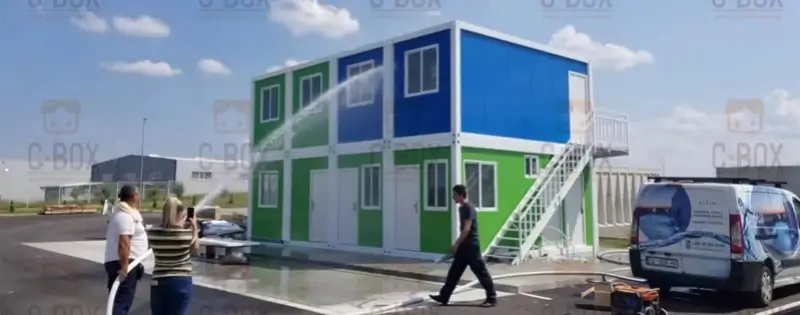
Dormitories are living spaces for workers, students, travelers, or anyone who needs a temporary or permanent place to stay. They can vary in size, shape, comfort, and quality, depending on your budget and needs. Container houses can provide a flexible and cost-effective solution for dormitory needs, as they have many benefits.
Benefits of container houses:
Durability: Container houses are made from galvanized steel, providing strength and resistance to corrosion, fire, and pests. They can withstand harsh weather conditions and natural disasters like earthquakes and hurricanes.
Mobility: Container houses are easily transportable and relocatable, fitting standard trucks and trailers. They can also be disassembled and reassembled, making them suitable for temporary or remote locations.
Customization: Container houses can be customized to meet specific requirements, including size, design, layout, and equipment. They can also be combined for different configurations and purposes, such as single or multi-story, with or without corridors, and with various amenities and facilities.
However, not all container houses are the same, and selecting the best one for dormitory needs can be challenging. Considerations include location, number of occupants, budget, quality, and style. To assist in decision-making, we will introduce six types of container houses for use as dormitories, along with their advantages and disadvantages.
1. Single-layer container dormitories:
These are the simplest and cheapest type of container dormitories, as they consist of one or more containers placed side by side or end to end. This layout is suitable for places where you have a lot of land and do not need much customization. It can provide basic living spaces, such as beds, closets, desks, and chairs. Workers can also have shared facilities, such as bathrooms, kitchens, and laundry rooms, depending on the number and size of the containers.
The advantages of single-layer container dormitores are that they are easy to install and relocate, and they have low material and labor costs. The disadvantages are that they lack aesthetics and functionality, and they have fixed and rigid layouts and purposes.
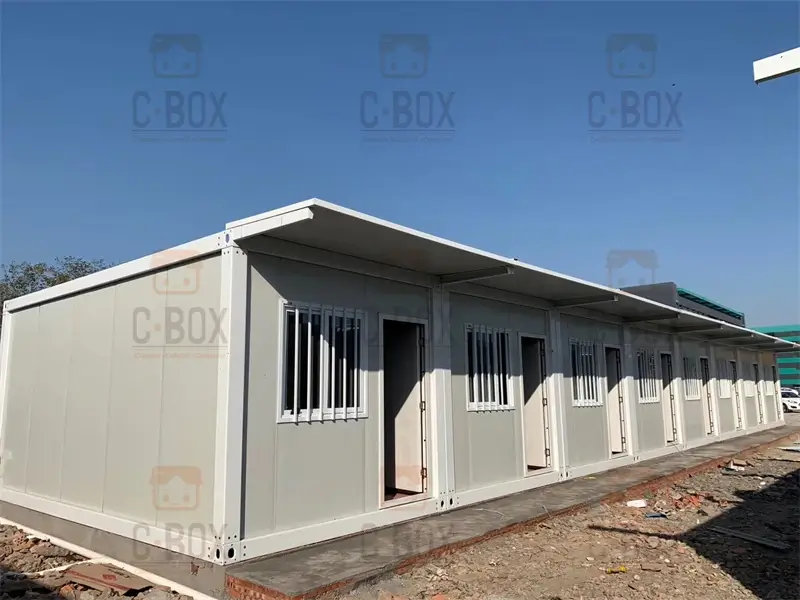
2. Double- or three-story container dormitories with corridors:
These are more complex and expensive than single-layer container dormitories, as they consist of multiple containers stacked on top of each other and connected by external or internal corridors. They are suitable for places where you have limited land and need more customization. This type of layout will make good use of place and more comfortable.
The advantages of double- or three-story container dormitories with corridors are that they have more aesthetics and functionality, and they have more flexible and diverse layouts and purposes. The disadvantages are that they are harder to install and relocate, and they have higher material and labor costs.
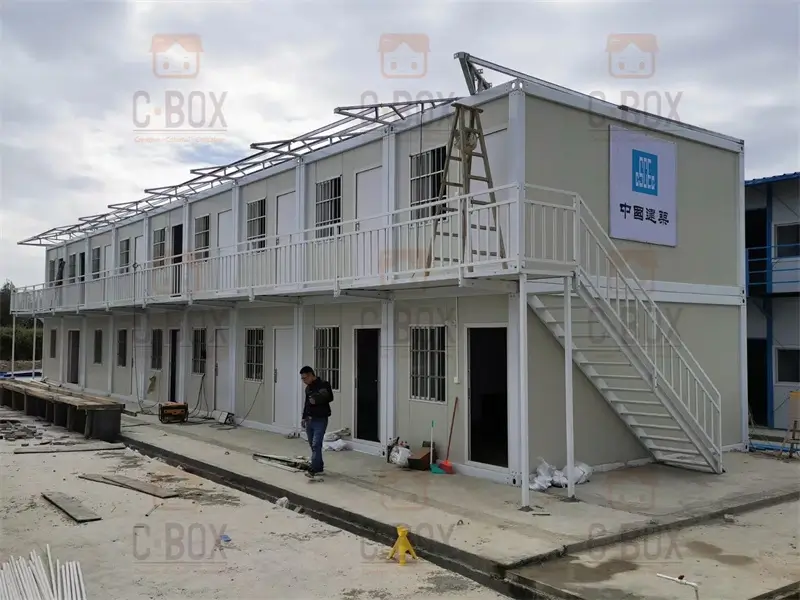
3. Multi-layer container dormitories with aisle containers:
These are similar to double- or three-story container dormitories with corridors, but they use additional containers that serve as aisles or hallways between the living containers. They are suitable for places where you need more convenience and accessibility. This kind of container dormitory is suitable for cold, windy, or snowy places.
The advantages of multi-layer container dormitories with aisle containers are that they have more convenience and accessibility, and they have more potential and versatility. The disadvantages are that they are harder to find and order, and they have longer delivery and installation times.
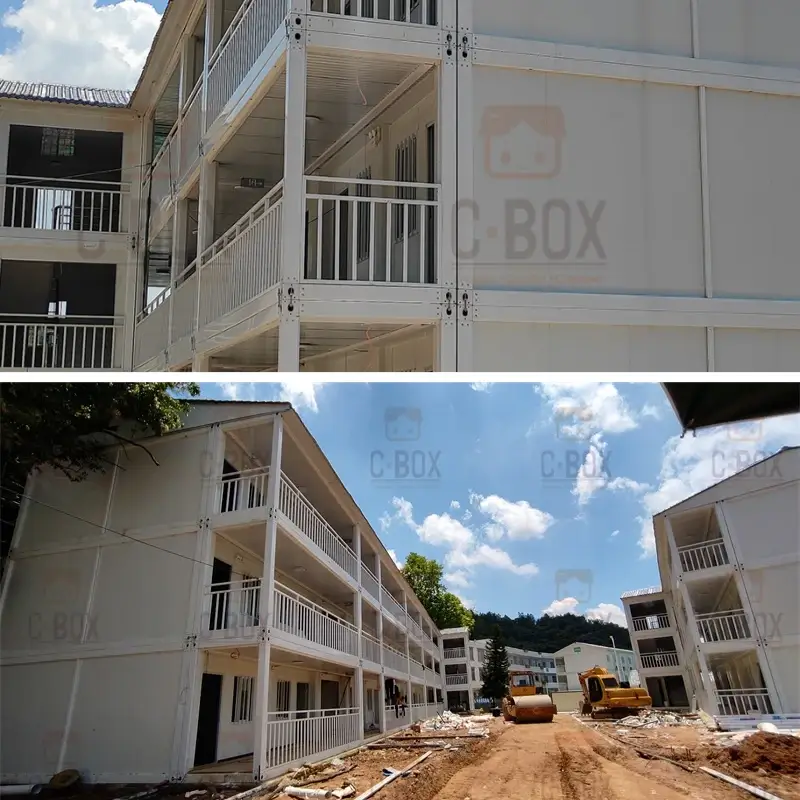
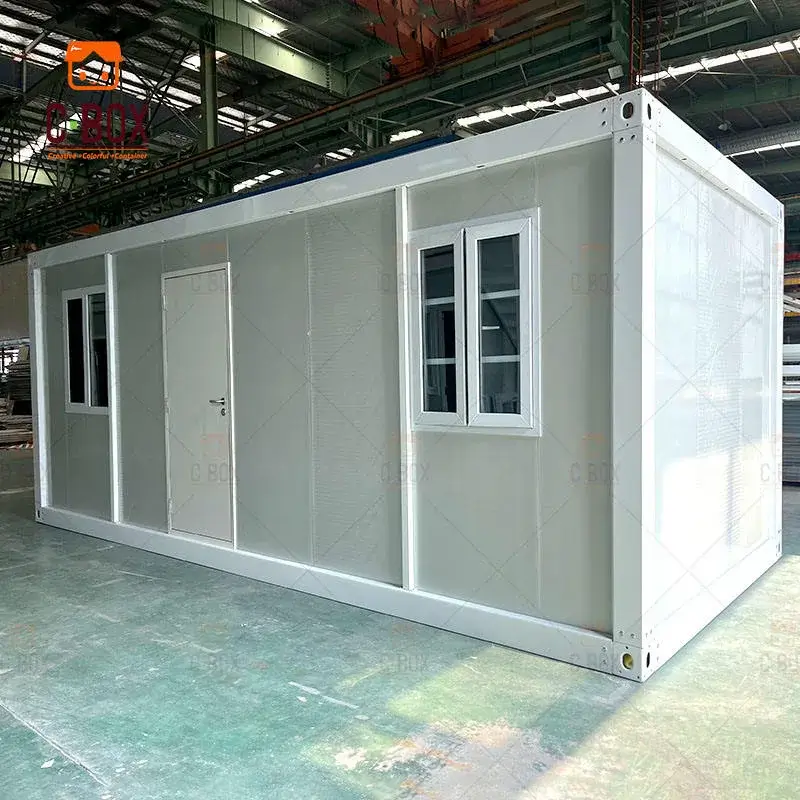
4. Non-standard size container dormitories:
These are different from standard-size container dormitories(3*6 meters), as they have customized dimensions, such as 3*7 meters or 4*8 meters. They are suitable for places where you have special needs or preferences, such as emergency housing, youth hostels, or families of three. They can provide more personalized and comfortable living spaces, such as bedrooms, living rooms, bathrooms, and kitchens. They can also have more amenities and facilities, such as furniture, appliances, and decorations, depending on your budget and taste.
The advantages of non-standard-sized container dormitories are that they have more personalization and comfort, and they have more options and choices. The disadvantages are that they are harder to find and order, and they have longer delivery and installation times.
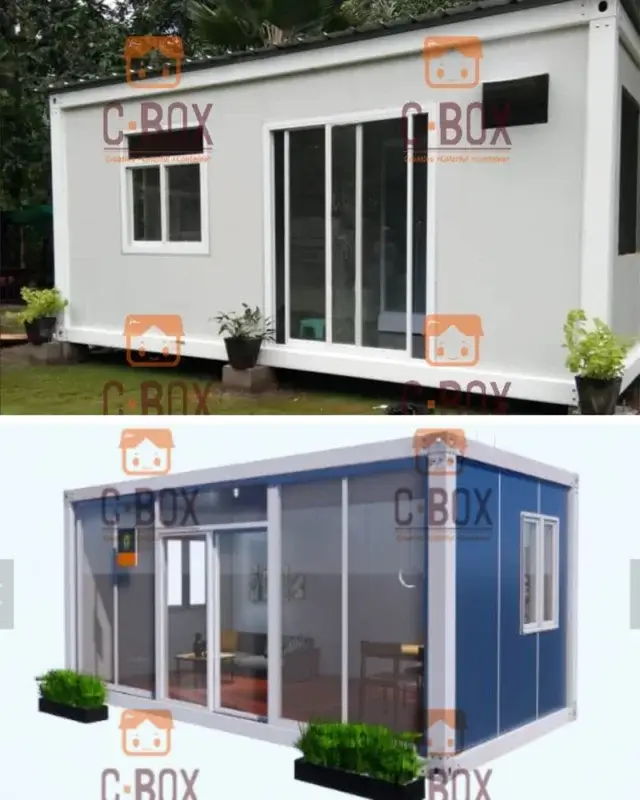
5. Glass sliding doors with customized windows container dormitories:
These are different from ordinary container dormitories, as they have large glass sliding doors and windows that cover most of the walls. They are suitable for places where you want more openness and brightness. They can provide more open and bright living spaces, as they allow natural light and ventilation to enter the container, as well as offer a clear view of the surroundings. They can also be used for various purposes and scenarios, such as flower rooms, single dormitories, outdoor studios, and shops. They can also have more styles and designs, such as modern, minimalist, or elegant.
The advantages of glass sliding doors with customized windows container dormitories are that they have more openness and brightness, and they have more versatility and attractiveness. The disadvantages are that they have less privacy and security, and they have higher costs and maintenance.
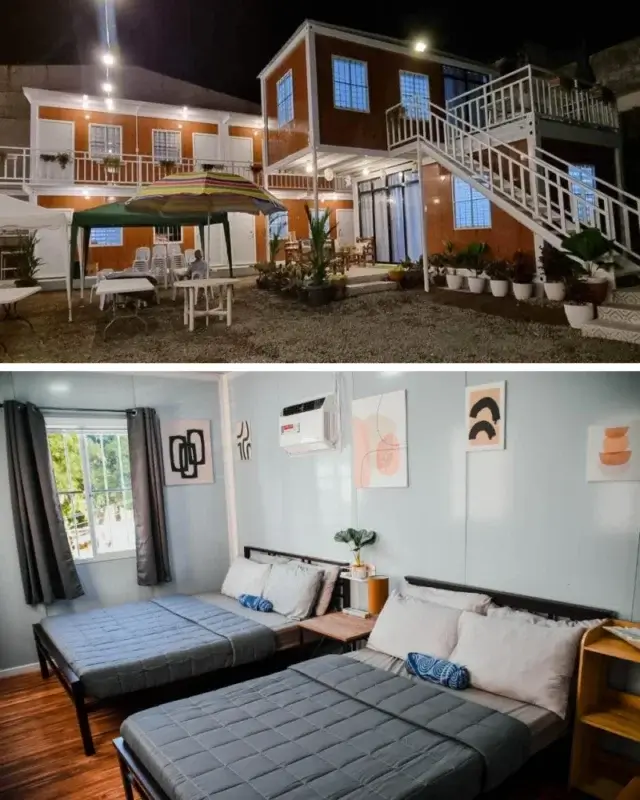
6. Staggered container dormitories with staircases and terraces:
These are different from orderly-placed container dormitories, as they have containers that are placed at different angles and heights, creating a variety of shapes and forms. They are suitable for places where you want to have a unique and eye-catching design, such as self-built residences, boutique hotels, or container house businesses. They can provide more creative and fun living spaces, such as bedrooms, living rooms, bathrooms, kitchens, and balconies. They can also have more staircases and terraces that connect the containers and provide outdoor areas for relaxation and entertainment.
The advantages of randomly placed container dormitories with staircases and terraces are that they have more creativity and fun, and they have more potential and versatility. The disadvantages are that they are harder to install and relocate, and they have higher costs and risks.
These 6 types of container houses offer various options for dormitory use. Consider the specific requirements of your project and contact us for the best quality and service. As a professional container house supplier, we can provide different types of container houses and customize them according to your needs. We ensure fast and efficient delivery, installation, and after-sales support.
Call us today to start your container house project!

